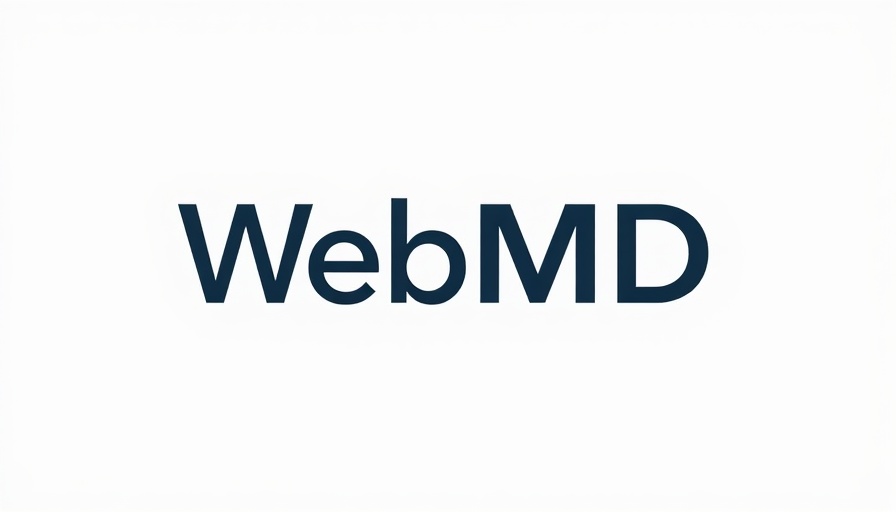
A Legacy of Care: Optometry as a Family Tradition
For many families in the field of optometry, the practice is not merely a career but a cherished tradition passed down through generations. From parents to children, the vocation embodies a combination of professional commitment and heartfelt dedication. This blend of passion and purpose forms the backbone of many family-owned optometry clinics across the nation.
One notable example is the Smith family in small-town Michigan, where the latest generation of optometrists is now taking over the family business. For decades, the Smiths have prioritized personalized care and patient trust above all. Their philosophy? To treat patients like family, ensuring each visit is warm, collaborative, and tailored to individual needs.
Creating Strong Community Connections
Family-run optometry practices tend to establish deep ties within their communities, serving not just as healthcare providers but as essential social pillars. These clinics often host free eye screenings at local schools, conduct vision seminars, or provide resources for underserved populations. Engaging with their communities goes beyond financial success; it instills a strong sense of purpose and inclusion. As highlighted in a recent family optometry gathering, multiple generations of practitioners noted how important it was for them to give back, especially in efforts like these that help build a healthier future for all.
The Joy of Seeing Change
Optometrists frequently report that one of their most fulfilling experiences is witnessing a patient’s reaction to improved vision. This labor of love becomes even more poignant when it involves a family member. Imagine a daughter, newly qualified as an optometrist, joyfully adjusting her father’s prescription glasses as he beams with satisfaction. These personal moments reinforce why many choose to build a career in this field — it’s not just about eye care; it’s about enhancing lives.
Addressing Challenges and Embracing Innovations
Even with the many rewards, the world of family-run optometry isn’t without its challenges. The rise of corporate healthcare, changes in patient expectations, and the ongoing evolution of technology place pressure on family practices to adapt and stay competitive. However, family practices are uniquely equipped to respond creatively, using their established knowledge and community understanding to innovate services. For example, some clinics have adopted tele-optometry, allowing patients to engage with their eye care providers remotely. This approach not only demonstrates adaptability but also reassures patients that their eye health remains a priority, regardless of the circumstances.
Fostering the Next Generation of Eyecare Professionals
As the optometry landscape evolves, encouraging young family members to join the fold is paramount to sustaining this vital tradition. Many families now offer job shadowing opportunities, internships, or scholarships to foster interest in the profession. These initiatives help younger generations cultivate the technical skills required while simultaneously experiencing the rewarding nature of eyecare.
Ultimately, passing on the family tradition of optometry fosters a sense of belonging and shared purpose amidst the pressures of modern healthcare. Optometry remains a labor of love for many families and an enduring source of pride.
 Add Row
Add Row  Add
Add 




Write A Comment